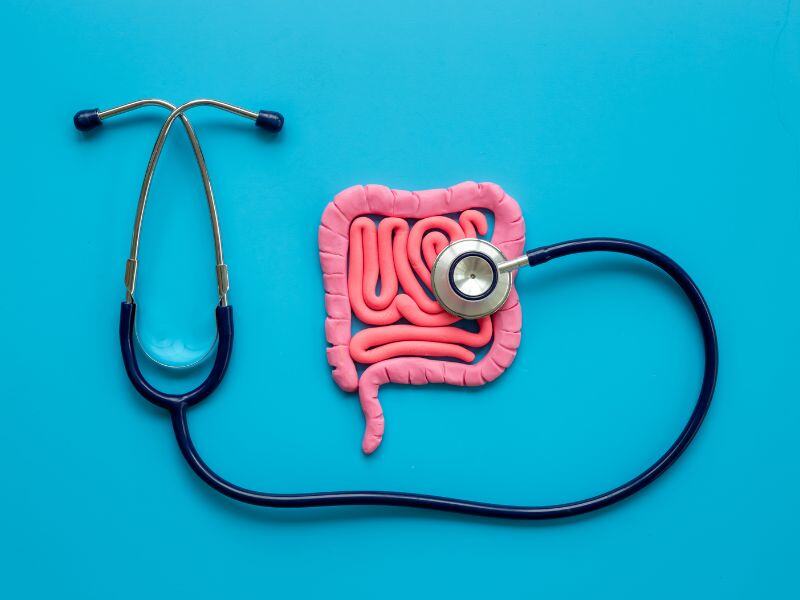Genome Editing Technologies: Pioneering Approaches in Healthcare

Genome editing has been a major focus of healthcare research since the approach was pioneered in the 1990s. The modern-day genome editing environment is host to a massive variety of techniques and practices. Most integrating vectors used in gene therapy insert their DNA into actively transcribed, gene-rich regions — a feature that increases the likelihood of adverse effects developing after vector integration. Existing and upcoming genome editing technologies, such as prime editing and cell line models, have huge potential in applications such as cancer treatment.
A panel discussion from NextGen Omics US 2022 moderated by Tod Woolf, Chief Executive Officer at ETAGEN Pharma, explored some of the different technology platforms currently in use for genome editing. Speaking at the panel were Michael Brehm, Associate Professor at the Diabetes Center of Excellence, Program in Molecular Medicine, University of Massachusetts Chan Medical School, Gábor Balázsi, Henry Laufer Professor at Stony Brook University, and John Zuris, Director of Editing Technologies at Editas Medicine.
Current Research Around Gene Modification
Michael Brehm established that his laboratory was working on creating new mouse models. He explained that the process of taking human cells and tissues to implant them in the animal was laborious, but said that the models had been refined to high-standard strains which were very efficient at supporting human DNA fragment survivability and the functionality of human cells. “We’re at a very exciting stage with the technology — it takes about two years to create a new mouse to engraft a new cell subpopulation with any cell type you can imagine, and now we can genetically modify an animal and have a system ready to go in a few months.”
For Brehm, the introduction of better tools for gene editing, such as CRISPR, has radically changed the process of editing and refinement for model optimisation. Genome editing technologies such as CRISPR have been extensively applied in various cell types and organisms, both in vitro and in vivo, for efficient gene disruption and gene modification. “Now we have a really efficient system we can infect with SARS-COV-2,” he said. “Then we layer on top of that the human immune system, human lung tissue, and we really create a powerful model.”
Brehm explained that the gene modification was applied through a landing pad: a site within chromosomes where the genes can integrate directly into that sequence. At present, some challenges need to be solved for the clinical application of CRISPR-Cas9 despite its potential for use in cancer treatment. In some ways, this is proof that there is no ‘one size fits all’ approach to gene editing. However, this does represent greater scope for the identification of additional CRISPR nucleases with a view to developing more flexible platforms for gene editing.
HLA Constructs and Integration
Discussing some of the applications of genome editing technologies, John Zuris queried which areas of the tool itself could be improved in developing drugs for new patients. “What are some technologies that would make your life easier — what kind of edits are you finding?” Brehm replied that the ability to bring in large transgenes and encode across multiple cytokines would be a big advantage. “Cytokines are important molecules that help to promote immune system homeostasis and functionality.”
- Out Now: Oxford Global's R&D Key 40 Stories
- Novel Technologies and Tools for Genome Editing - Discussion Group Report
- Advances in Long-Read DNA Sequencing
Brehm added that having models with complete human lymphocyte antigen (HLA) constructs would be useful in delivering more accurate genetic modification. “HLA are human lymphocyte antigens, they’ve evolved for immune system functionality, and their integration and development allows them to bring in whole medical approaches.” The interpretation of HLA constructs into a mouse would allow for the provision of a personalised medicine approach.
Cell Line Models and Landing Pads
In vitro human cell line models have been widely used for cancer pharmacogenomic studies and clinical response prediction. Cell line models of cancer have been used to determine the effect of somatic alterations resulting from anti-cancer therapeutics. Although cell line model systems have utility in initial screening, the results still need to be validated. Gábor Balázsi broached the concept of genomic safe harbour sites within cell lines: an area within the genome where researchers can begin inserting and studying genes while working with a target cell without corrupting native genes.
“I like to make this analogy where you go to Mars and you build a base — you want to build a base to ensure the safety of future missions and the planet.”
“We want to use these because we want to insert a gene and for it to be well-expressed,” Balázsi said. “We don’t want to perturb the cell’s own function.” Safe harbour sites are suitable for this purpose, which makes the relevant lab work more straightforward. “You don’t want to make the cell sick by corrupting native genes,” Balázsi continued. A major focus with the introduction of cell lines is ensuring that cellular function is not affected with their syndication.
“The site is the locus where you implement the landing pad,” Balázsi explained. “I like to make this analogy where you go to Mars and you build a base — you want to build a base to ensure the safety of future missions and the planet.” Following the same principles as space colonisation, the concept of having a safe location to implement and extract important cargo — in this case, genomic cargo — is important to ensuring safety in both the genome and the cargo.
Clinical Gene Modification Projects
Along with research-based projects, another focus with genome editing technologies has been their application in clinical trials. Zuris noted that there are multiple sickle-cell programmes using gene editing currently in the clinic. “The thing with a lot of the most advanced gene editing work is that it’s being done ex vivo,” he began. “We’re talking about taking the cells out of the body, making the edits to them that we want, then putting them back into the patient.” He also noted that engineering a patient’s T cells ex vivo to generate CAR-T cells is another existing application of gene editing to address areas like cancer.
“I think editing efficiency was rightly recognised as the big challenge in 2013, 14, and 15 but today we can say that we can edit genes in an ex vivo context very efficiently,” said Zuris. He added that the future was bright for cell therapy with gene editing. A lot of Zuris’s research to date has focused on approaches to optimizing gene insertion using the CRISPR-Cas12a gene editing platform. He said that there had been a recent explosion in genome editing technologies using both CRISPR and non-CRISPR platforms for gene insertion. “With the ability to achieve efficient gene insertion in the ex-vivo space we’ve pretty much solved it. Now, the focus is now on how you insert large genetic sequences in non-dividing cells.”
Prime Editing in Genome Modification
Continuing in the same area, Zuris expounded on the applications of prime editing. “For those who aren’t familiar, all small edits can be done in principle with prime editing. It essentially allows you to write in that change in the nucleus of your cells.” As an approach to genetic editing, prime editing enables scientists to correct the vast majority of known disease-causing mutations at specific sites in the genome. Researchers can use prime editing to make DNA substitutions, insertions, and deletions at targeted sites in cells.
"It's very exciting... the gene modification field's exploding here."
“With prime editing, you should be able to use this type of gene editing technology whether you are in a dividing or a non-dividing cell, as it doesn’t appear to be dependent on HDR repair pathways,” said Zuris. “That’s the real genius of this approach — the guide RNA has an extension on it that basically can be a substrate for the repair.” He added that the whole system could work in non-dividing cells, and that the main question left to address concerned how efficient it would be in an actual clinical setting.
“It’s very exciting,” Zuris continued. “The other cool thing about it is that if people use that same machinery in pairs you could in principle insert much larger genetic changes, though efficiency is an issue at this time.” He rounded off by saying he was looking forward to seeing where the remit of genome editing ended up in the next few years. “The field’s exploding here, it’s a really exciting time.”
To read more about the latest applications of genome editing technologies, head over to our NextGen Omics portal for cutting edge insights from the industry’s best and brightest. If you’d like to learn more about our upcoming NextGen Omics US: In-Person conference, visit our event website to register your interest and download an agenda.







